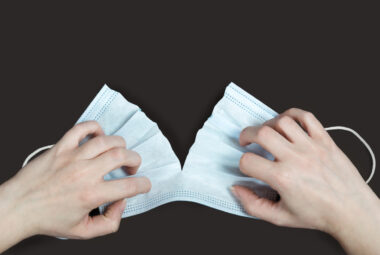
I have an idea!
Over the next few months we’ll be bringing you a series of articles looking into design protection. Today, patent attorney and partner, Carrie Johnson kicks off the series by outlining some fundamental considerations to help you safeguard your intellectual property rights against others.
You’re a designer. You’ve put pen to paper, or made a prototype article, and created something original. You’ve done great, and want to tell the world about it. But how do you make sure the world doesn’t run off with your great design and use it themselves?
- Designs protect the appearance of an article, in whole or in part. You may automatically have unregistered design rights, but registration gives you more protection. For both, there are some exclusions as to what can be protected.
- How different is your design compared with known designs? Is it worth registering? Where do you want to register it? It’s good to have a strategy.
- Have you kept the design secret? In some countries it is not possible to apply for a registered design if there’s been any public disclosure. In others, including the UK, Europe and the US, disclosures in the last 12 months are acceptable.
- Do you have multiple designs or variants? You may be able to save costs by including several designs in a single application. The UKIPO[1] has also just lowered the official filing (and renewal) fees, making design protection more accessible to more people.
- Who owns the design? If you’re the creator of a design, you will be the first owner, unless the designer is employed, then the employer is the owner. Rights can be assigned by agreement. Have you got all your paperwork in place?
- UK unregistered design right is subject to various qualification provisions. You may or may not have it depending on the residence/place of business of the designer and when/how articles to the design were first sold. Who’s involved?
- Designs are visual things, and you’ll need good representations (e.g. drawings) of the design for a design registration. To help prove originality and ownership, keep full, dated records of the design development.
If you’re thinking that poses more questions than answers, you may be right – design protection can be a complicated business. The aim of this article is to help you stop and think when you’ve designed something. Is my design already protected, or what do I need to do to protect it? Do I want or need to protect it?
The second article in our design protection series will be published on our website in the next few weeks. In the meantime, if you have any further questions, please do not hesitate to get in contact with us.
[1] https://www.gov.uk/government/publications/changes-to-registered-design-fees



